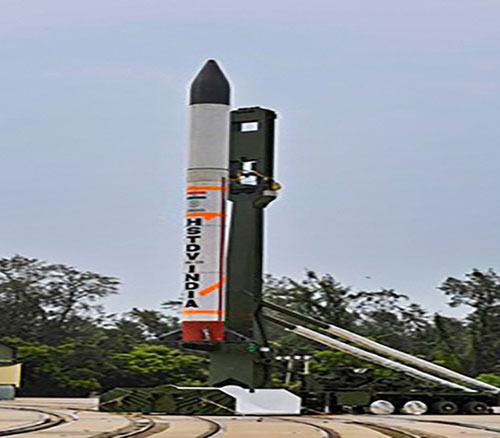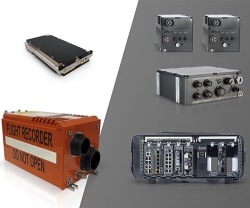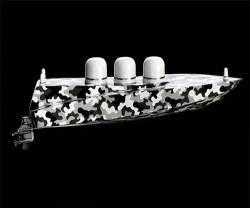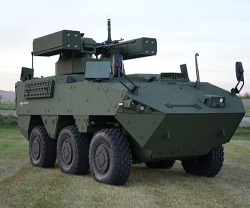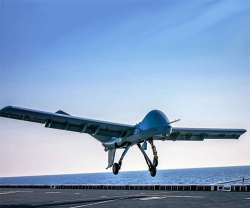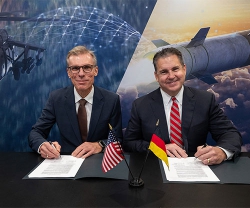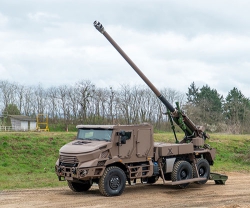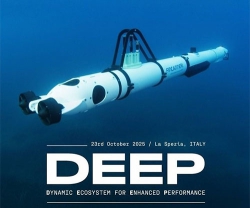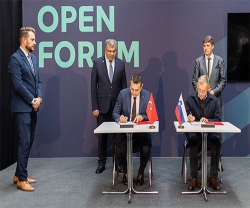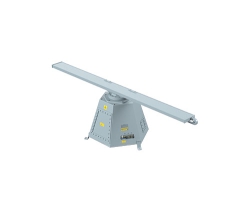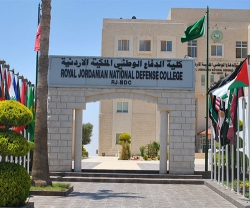India Monday successfully test-fired Hypersonic Technology Demonstrator Vehicle (HSTDV), making it only the fourth country in the world after the US, China and Russia to develop and test the technology that will pave the way for missiles that will travel at six times the speed of sound, local media reported.
With this mission, the Defence Research and Development Organisation (DRDO) said it has demonstrated capabilities for highly complex technology that will serve as the building block for NextGen Hypersonic vehicles in partnership with the industry.
Defence Minister Rajnath Singh tweeted that the HSTDV used the indigenously developed scramjet propulsion system.
“With this success, all critical technologies are now established to progress to the next phase,” he said.
Sources in the defence and security establishment said the test was done from APJ Abdul Kalam testing range (Wheeler Island) in Odisha’s Balasore.
They added that with this successful test, India will be making its first hypersonic missile in the next five years.
The launch took place at 11.03 am and the vehicle used the Agni missile booster.
The DRDO statement said the cruise vehicle was launched using a proven solid rocket motor, which took it to an altitude of 30 km, where the aerodynamic heat shields were separated at hypersonic Mach number.
The cruise vehicle separated from the launch vehicle and the air intake opened as planned.
Defence sources said the hypersonic combustion sustained and the cruise vehicle continued on its desired flight path at a velocity of six times the speed of sound, which is nearly 2 km, for more than 20 seconds.
The critical events like fuel injection and auto ignition of scramjet demonstrated technological maturity, they said, adding that the scramjet engine performed in a textbook manner.
The parameters of launch and cruise vehicle, including the scramjet engine, were monitored by multiple tracking radars, electro-optical systems and telemetry stations.
“The scramjet engine worked at high dynamic pressure and at very high temperature. Ship was also deployed in the Bay of Bengal to monitor the performance during the cruise phase of hypersonic vehicles. All the performance parameters have indicated a resounding success of the mission,” a DRDO official said.
With this successful demonstration, many critical technologies such as aerodynamic configuration for hypersonic manoeuvers, use of scramjet propulsion for ignition and sustained combustion at hypersonic flow, thermo-structural characterization of high temperature materials, separation mechanism at hypersonic velocities, among others, were successfully tested.
Hypersonic missiles can travel at speeds faster than Mach 5 (five times the speed of sound) or 3,800 miles per hour, much faster than other ballistic and cruise missiles. They are highly manoeuverable and do not follow a predictable arc as they travel. They can also deliver conventional or nuclear payloads within minutes.
Apart from being used as a vehicle for hypersonic long-range cruise missiles, the HSTDV is a dual-use technology that will have multiple civilian applications, including the launching of small satellites at low cost.

